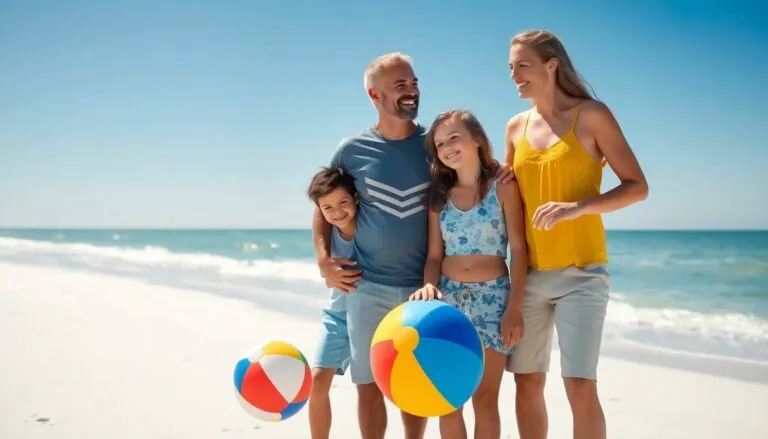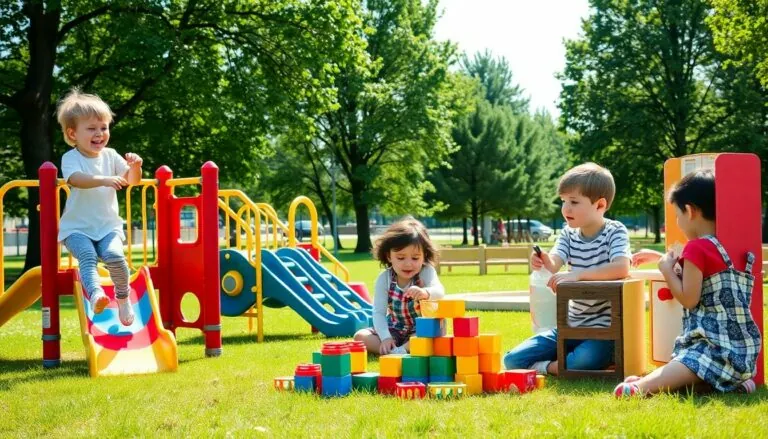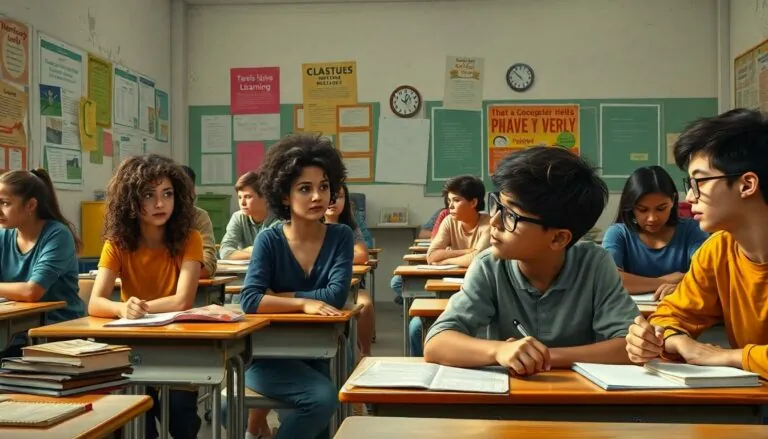Table of Contents
ToggleIn the whimsical world of child development, conservation isn’t just about saving the planet—it’s a cognitive milestone that shapes how kids understand the universe. Imagine a child staring at a tall glass of juice, then watching in awe as it’s poured into a wider bowl. They might think they’ve lost some juice magic, but that’s where conservation swoops in to save the day!
Understanding Conservation in Child Development
Conservation refers to the understanding that certain properties of objects remain constant despite changes in their form or appearance. This cognitive skill emerges in children around the age of 7, marking a significant developmental milestone. For example, when a child watches juice poured from a tall glass into a wider bowl, they might initially think the quantity decreases. This misconception highlights their ongoing cognitive development.
Children develop conservation through stages, beginning with the ability to grasp the concept of quantity. Early interactions shape this understanding, stimulating critical thinking. When exposed to tasks that require them to compare amounts, children begin to recognize that resizing doesn’t affect volume. These experiences foster their ability to reason about physical properties.
Several types of conservation exist. The most commonly recognized include conservation of number, mass, and volume. Conservation of number occurs when children understand that a group of objects remains the same, even if spaced apart. Similarly, conservation of mass involves recognizing that the weight of an object does not change regardless of its shape.
Educators and parents play essential roles in teaching conservation. Engaging in hands-on activities can enhance children’s understanding. Simple experiments, such as pouring liquids or manipulating clay, provide practical examples. They allow children to see that quantity remains unchanged despite visual alterations.
Observations from educational research reinforce that mastering conservation aids overall cognitive growth. This understanding not only sharpens children’s problem-solving skills but also enhances their grasp of mathematics and science concepts. By emphasizing conservation, caregivers can guide children toward more sophisticated forms of thinking as they grow.
Importance of Conservation
Conservation plays a vital role in child development. Understanding it supports various aspects of a child’s growth.
Cognitive Development
Cognitive skills develop significantly as children grasp conservation concepts. This understanding fosters critical thinking and problem-solving abilities. Children learn to see that quantity doesn’t change with the shape or arrangement of objects. Enhancing logical reasoning, conservation also impacts math skills, such as counting and measurement. Studies show children who master conservation perform better in tasks requiring logical operations. Developmentally, the transition occurs around the age of 7, where children start to engage in more complex cognitive processes related to conservation. Engaging activities that promote exploration and comparison can accelerate this learning.
Emotional Development
Emotional understanding benefits from the mastery of conservation concepts. Children who grasp these ideas develop greater self-confidence in their cognitive abilities. With this confidence, they are more likely to take on challenges and engage in learning opportunities. Emotional regulation improves through successful navigation of tasks requiring conservation understanding. Realizing that outcomes remain consistent despite changes encourages resilience in the face of failure. Caregivers play a crucial role by providing reassurance and guidance during learning experiences. This support cultivates a positive learning environment, promoting emotional stability and self-esteem as children progress through their developmental stages.
The Stages of Conservation
Understanding the stages of conservation is essential for grasping cognitive development in children. These stages highlight how children comprehend the constancy of certain properties despite changes in form or appearance.
Preoperational Stage
During the preoperational stage, which occurs from ages 2 to 7, children struggle with the concept of conservation. They often focus on one aspect of a situation, like height or width, rather than seeing the whole. For example, a child might think that a taller glass has more juice than a shorter, wider glass even when both contain the same amount. They tend to rely on perception rather than logical reasoning. This tendency illustrates the limitations in their cognitive abilities at this stage. Through play and structured activities, caregivers can introduce concepts that begin to challenge these perceptions, laying the groundwork for later stages.
Concrete Operational Stage
Around age 7, children enter the concrete operational stage, where they begin to master conservation. They start to understand that quantity remains unchanged despite transformations. For instance, pouring liquid into a different container no longer confuses them, as they can mentally reverse the process. Logical thinking replaces simplistic reasoning, enabling them to grasp the conservation of number, mass, and volume. During this stage, children benefit from hands-on experiences and discussions that reinforce these concepts. Engaging in activities that involve sorting, measuring, and comparing helps solidify their understanding, enhancing their overall cognitive development.
Practical Applications of Conservation
Understanding conservation translates into practical applications in both educational and parenting settings. Strategies tailored for educators and parents reinforce children’s grasp of this concept.
Educational Strategies
Teachers use hands-on activities to promote conservation learning. Activities might include conducting experiments with liquids, measuring different objects, or using various shapes for counting exercises. Engaging children in these tasks encourages them to observe changes critically. Visual aids like pictures and diagrams can illustrate volume differences, enhancing comprehension. Group discussions allow students to express their reasoning, facilitating peer learning. Scheduling regular practice sessions encourages retention of the conservation concept.
Parenting Approaches
Parents support conservation development through everyday interactions. Simple activities like cooking can illustrate volume and measurement. Encouraging children to compare sizes or quantities reinforces their understanding. Use playful questions during bedtime stories to stimulate their thinking about numbers and shapes. Celebrating small achievements fosters confidence in their cognitive skills. Establishing a routine that incorporates exploration enhances problem-solving abilities. Regular reassurance from parents nurtures a positive learning environment, promoting emotional stability.
Conclusion
Understanding conservation is vital for children’s cognitive development. It shapes their ability to reason logically and enhances their skills in mathematics and science. As children progress through developmental stages, they learn that quantity remains constant despite changes in appearance. This knowledge not only boosts their problem-solving abilities but also fosters emotional resilience and self-confidence.
Educators and parents play an essential role in nurturing this understanding through engaging activities and supportive interactions. By creating environments that encourage exploration and critical thinking, they contribute significantly to children’s overall growth. Mastering conservation ultimately lays a strong foundation for future learning and personal development, paving the way for a successful educational journey.








